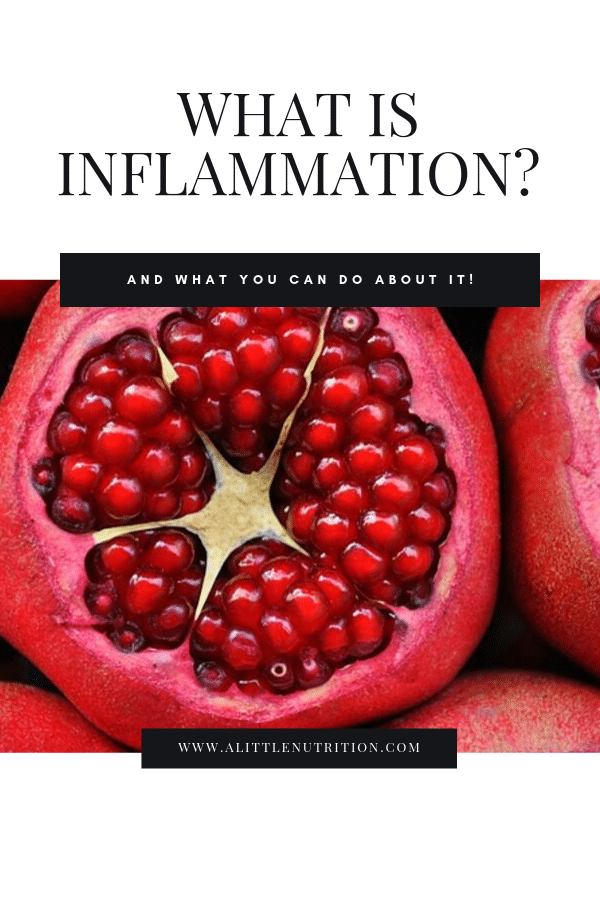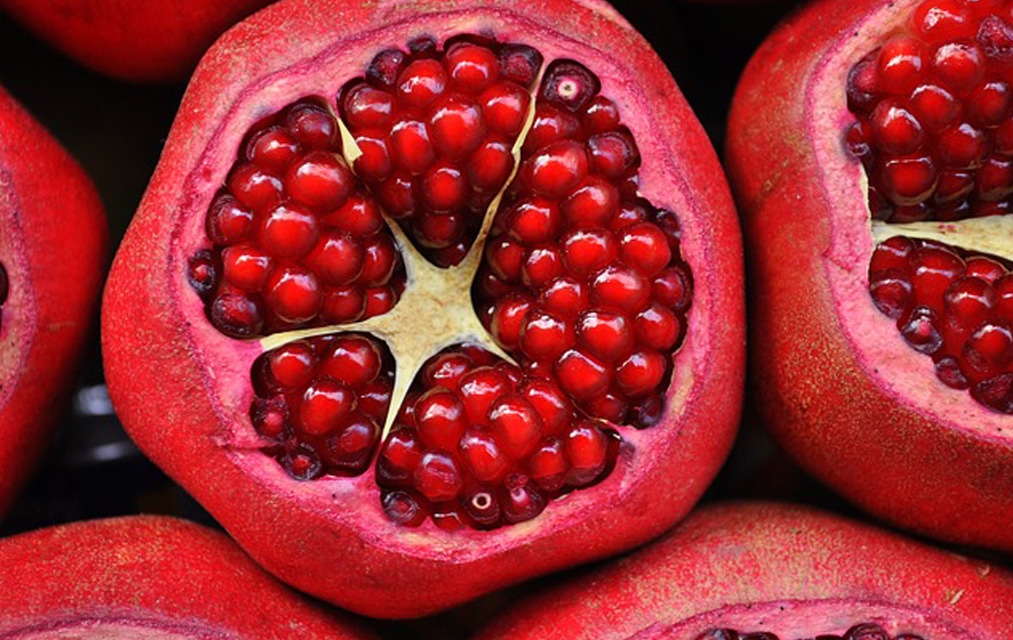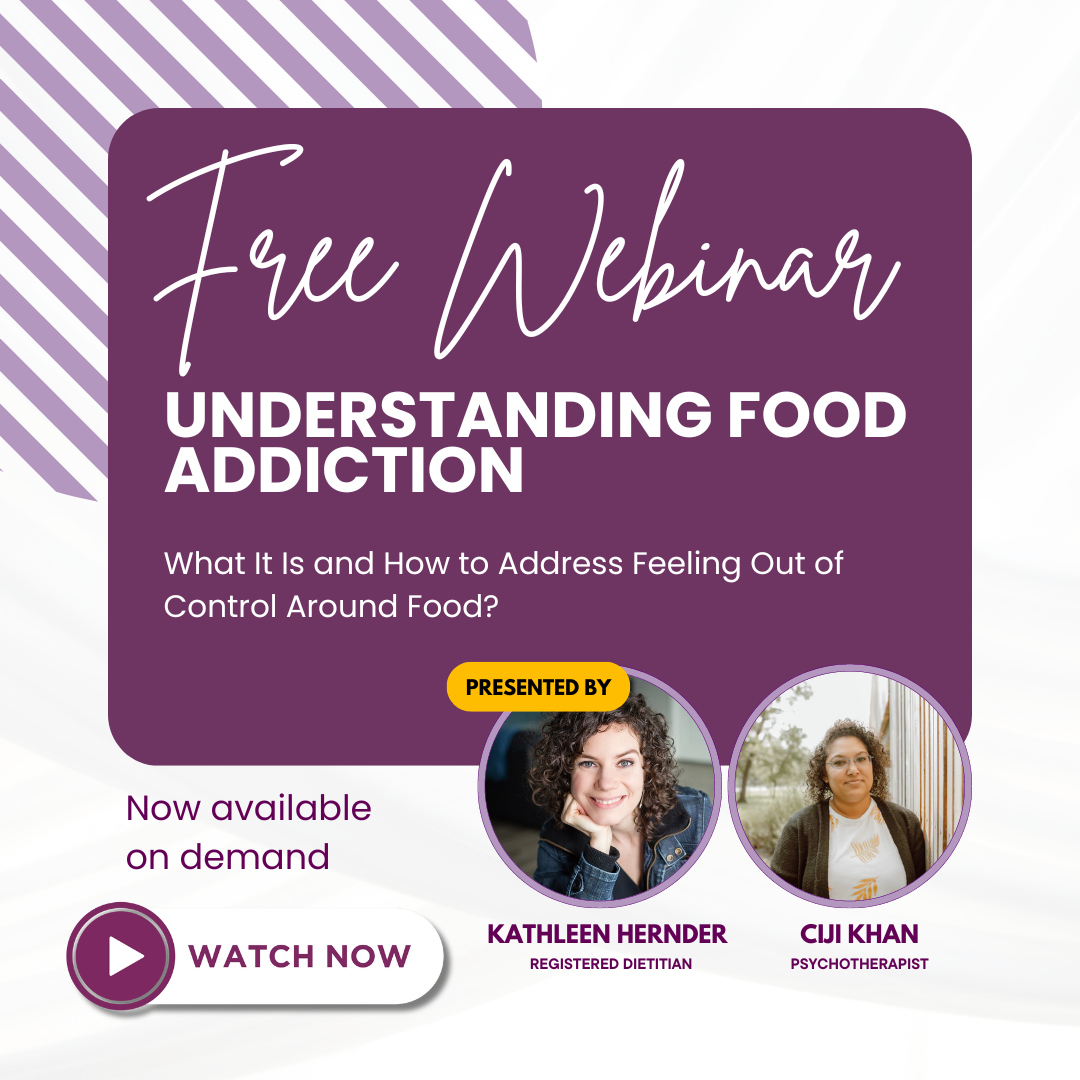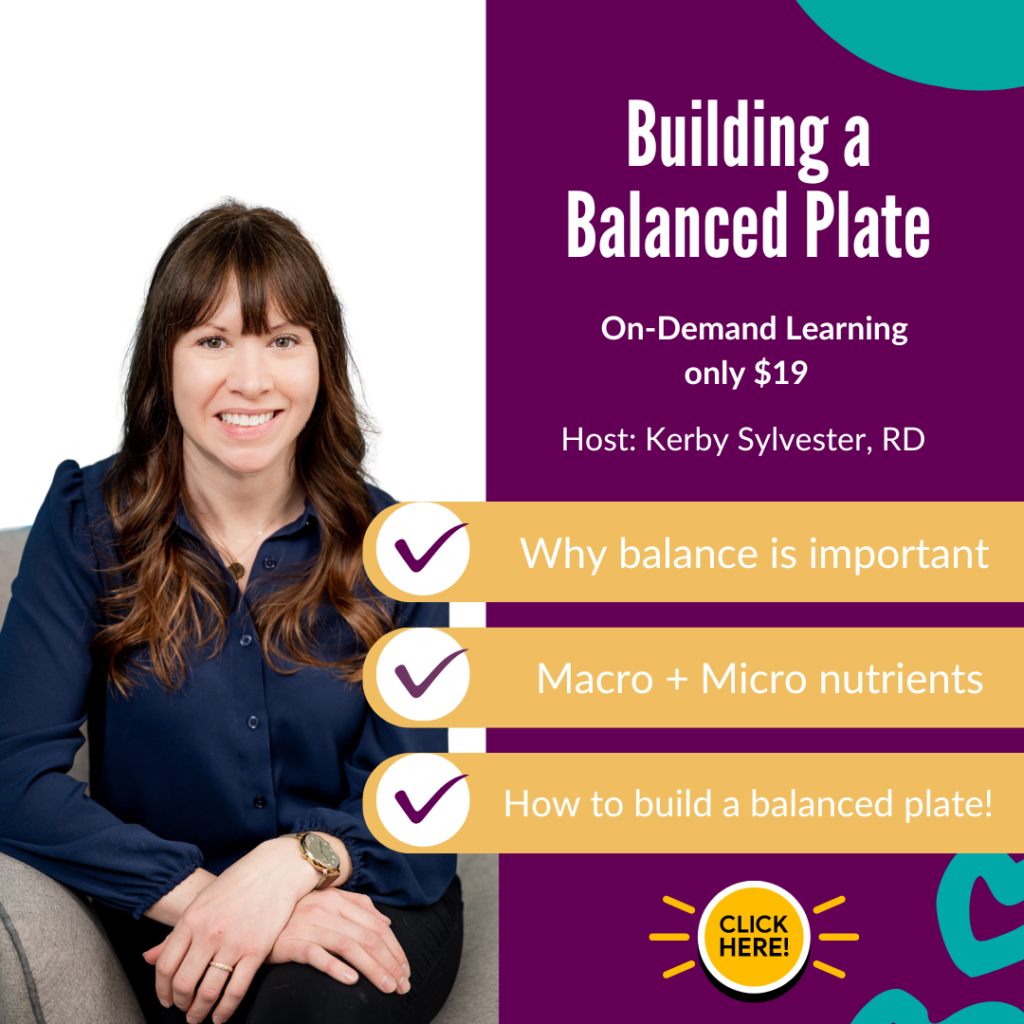And what you can do about it!
Written by: Ceone Hamilton, RD & Susan Watson, RD
If you have an interest in health and nutrition, OR if you simply enjoy cruisin’ the internet, chances are that you may have heard about the “Anti-Inflammatory” diet.
As a dietitian, I rarely recommend one specific diet for an entire group or population. However, there are many elements of an anti-inflammatory approach that seem to “take the cake” in regards to health benefits. – with a ton of ways to personalize it! BUT, before I dive into the world of anti-inflammatory benefits, let’s first tackle what inflammation really is!
What is Inflammation?
Simply put, inflammation is the body’s response to stress or injury. It might surprise you to find that inflammation can actually be a lifesaver (quite literally)! Inflammation is our body’s way of communicating with the immune system – signalling that help is needed to heal or repair damaged tissue or fend off viruses or bacteria. If we didn’t have this response, a simple cut or wound could actually become deadly! Yikes! However, we hit a bump in the road if this inflammatory process becomes prolonged, OR if it occurs in the body where it is not actually needed. This is what is often referred to as “chronic” inflammation – which has been associated with elevated disease risk (not as life-saving).
Inflammation levels can actually be measured with a blood test! If you are curious about your own inflammation level, ask your doctor about “CRP” which stands for c-reactive protein, a marker or indicator of inflammation. In this case, the lower, the better!
What Causes Inflammation? [Pro-inflammation]
So – what exactly causes this not-so-helpful “chronic” inflammation? Well – a wide variety of lifestyle factors could determine whether or not inflammation might occur (like stress, low levels of enjoyment, low physical activity, or smoking) but let’s take a closer look at some of the evidence-based dietary causes:
Eating in excess
Overeating, in general, is related to an increase in inflammation. On the flip side, one study showed that those who ate 1800 calories per day (about 30% less than their usual intake) were able to decrease their CRP and body fat and improve their cholesterol profile! It is important to realize that you need to eat according to your own age, weight, height, gender and activity level. Each person’s individual needs will vary, and listening to your internal hunger and fullness cues can help with eating in excess of what your body needs to be nourished.
High carbohydrate and sugar intake
We also know that consuming a large amount of carbohydrates has been shown to increase CRP – especially those that are “refined.” Higher levels of inflammation (CRP) were found in those who consumed less fiber, and more sugar and starch.
Trans and saturated fats
Both trans and saturated fats were also found to increase inflammation in the body. Trans fats, in particular (often found in hydrogenated margarine and store-bought desserts and baking), were related to an increased risk factor for sudden cardiac death, higher body fat, and risk of overall disease. In fact, these trans fats increase the production of inflammatory cells at twice the rate of non-trans fats! Crazy right?
Hang on! What about gluten and dairy?
Although both gluten and dairy are often used as inflammatory “buzz words”, what is the real evidence about these types of foods? Well, the answer is not so clear cut; it really depends!
Overall, there is no convincing evidence to confirm that gluten or dairy would substantially increase inflammation within the body in most people. However, there are certain circumstances when these foods would indeed result in heightened inflammation. For example, those with celiac disease or milk protein allergy have an immune-triggered response when either gluten or milk protein is consumed. This immune system stimulation WILL indeed result in an increase in inflammation (just like we talked about earlier!). This could also be the case when a sensitivity is present, for example, in non-celiac gluten sensitivity or lactose intolerance. Since a sensitivity could also place a certain amount of “stress” on the body, consuming these foods when a sensitivity is present could result in an inflammatory response (as with all stress).
If you are unsure whether or not you may have a food sensitivity, working with a qualified Registered Dietitian can help guide you through this discovery process. You can book an appointment with one of our registered dietitian nutrition experts here>>> Book An Appointment.
How to Get That Anti-Inflammatory Goodness
There is no definitive “diet plan” that people with inflammation should specifically follow. However, there are many nutrition and lifestyle habits that people can adopt that have been shown to positively impact inflammation. The closest pattern of eating that one could follow would be the Mediterranean diet. It emphasizes balanced eating with consumption of fish, vegetables, whole grains, beans, pulses and legumes, as well as healthy oils like olive oil. Here are some nutrition recommendations that can help control inflammation in the body:
Boost your fish intake
Eat fish that contain high amounts of inflammation-fighting omega-3 fatty acids, like salmon, trout, sardines, and other cold-water fish, at least 2x per week. Or take an omega 3 supplement of 600-900 mg EPA/DHA per day.
Consume 2-3 cups of fruit per day and eat 2 cups of vegetables at lunch and dinner
Fruits and vegetables are packed with antioxidants, which help your immune system and may help fight inflammation.
Eat ¼ cup of nuts or seeds per day (about a handful)
Nuts and seeds (like walnuts, almonds, and flaxseed) are packed with inflammation-fighting monounsaturated fat.
Go lean and try plant proteins like beans, lentils, and legumes
Beans are packed with antioxidants and anti-inflammatory compounds. Reduce the amount of high fat and processed meat you eat as it may promote inflammation.
Consume olive oil
Use olive oil when cooking or in salad dressing. Olive oil contains oleic acid, a natural compound which works in a similar way to anti-inflammatory drugs.
Do not shy away from nightshades
Nightshade vegetables – eggplant, tomatoes, peppers, and potatoes – are central to Mediterranean cuisine. Some people believe they trigger arthritis flares, but there’s limited scientific evidence to support this theory. There are a lot more health benefits from consuming them versus avoiding them. Take tomatoes, for example – they have lycopene and vitamin C that help curb inflammation.
Fill up on Fiber
Fiber lowers C-reactive protein (CRP)! Boost your fibre intake by choosing whole grains more often and maximize nutrition while minimizing inflammation. Choose whole grains like oatmeal, quinoa, brown rice, whole-wheat bread, and other unrefined grains.
Swap out processed foods for whole/ less processed foods!
Aim to eat food that is as close to its natural state as possible. Avoid foods and food products that have been highly processed. Choose foods that are still close to their natural state.
Cut the salt
There are conflicting reports about the negative impacts of excess salt. We do know that it causes fluid retention; and excessive salt intake can cause a range of side-effects, including inflammation and high blood pressure. Try swapping salt for herbs and spices like garlic, ginger and turmeric which have anti-inflammatory properties.
Drink water
Hydration is vital for flushing toxins out of your body, which can help fight inflammation. Adequate water can help keep your joints well lubricated.
Exercise
Regular exercise keeps your body moving and joints lubricated, your muscles toned and your energy level high. Those who exercise regularly are more likely to heal faster from injuries and less likely to develop chronic inflammation.
It All Starts in the Gut!
Did you know that researchers have found that even the balance of bacteria in our gut might have an effect on inflammation? Seriously – how cool is that? In one study in particular – those with some type of inflammatory condition (ex. psoriasis, ulcerative colitis, chronic fatigue syndrome) who were taking probiotics, were shown to have a reduction in inflammatory markers (CRP)! Some research has even shown that some of the symptoms associated with chronic inflammatory conditions may be reduced or improved with probiotic treatment! Although there is a pretty clear association between healthy gut bacteria and anti-inflammatory power at this time – more research is needed to determine which specific probiotic strains effect certain inflammatory disease states.
We also know that probiotics need pre-biotics to thrive! Together, pre and probiotics are one dream team for A+ gut health – and in theory are the perfect pair for busting inflammation!
Curious about how to get in on the healthy gut action?
Boost your probiotic intake by including some yogurt, kefir, sauerkraut, tempeh, kimchi, or kombucha into your daily or weekly routine! Some people prefer to take a probiotic supplement which is a-okay in our books as well. Want to boost your prebiotic intake at the same time? Eat plants! Prebiotics are very abundant in a wide variety of plant foods, so consuming those fruits and veggies (like we talked about above) will help check that box! Some plant foods especially rich in prebiotics include artichokes, garlic, onion, leeks, cabbage, chickpeas, lentils, bananas, apples, bran, barley, flaxseed, and oats!
Talk with a Registered Dietitian to find out if a probiotic or prebiotic supplement might be right for you!
As always, we recommend a balanced approach to eating!
Pin Me for Later

ARE YOU INTERESTED IN WORKING WITH Registered Dietitian? HERE’S HOW TO GET STARTED.
- To book an appointment with one of our Registered Dietitians or therapists, you can:
- Phone: 204-515-7466
- Email: admin@alittlenutrition.com
- Book online: https://alittlenutrition.janeapp.com
References:
https://www.health.harvard.edu/staying-healthy/ditch-the-gluten-improve-your-health
https://www.ncbi.nlm.nih.gov/books/NBK279298/
https://www.ncbi.nlm.nih.gov/pubmed/26287637
https://podcasts.apple.com/us/podcast/062-reducing-inflammation/id1205164964?i=1000441110866






